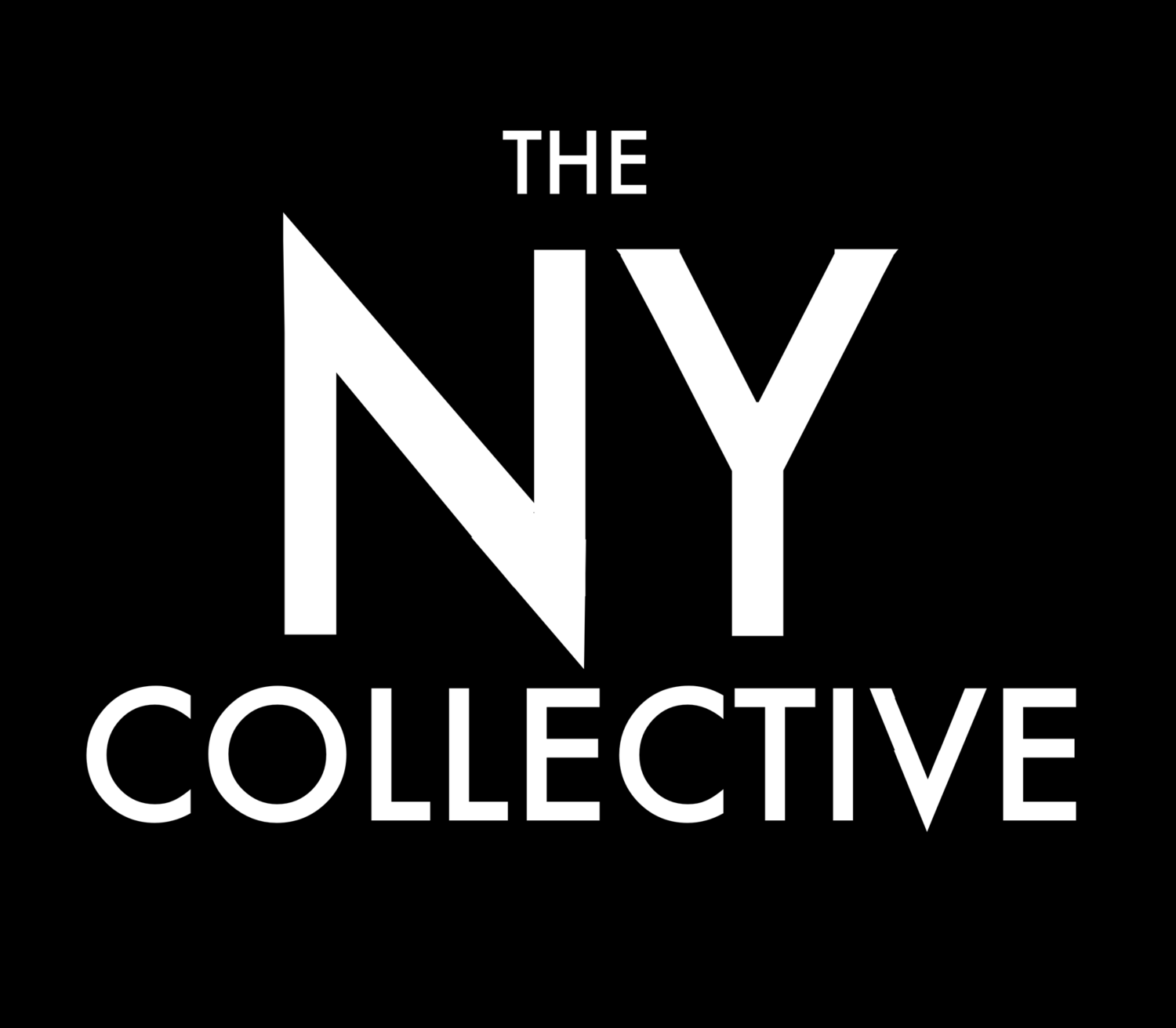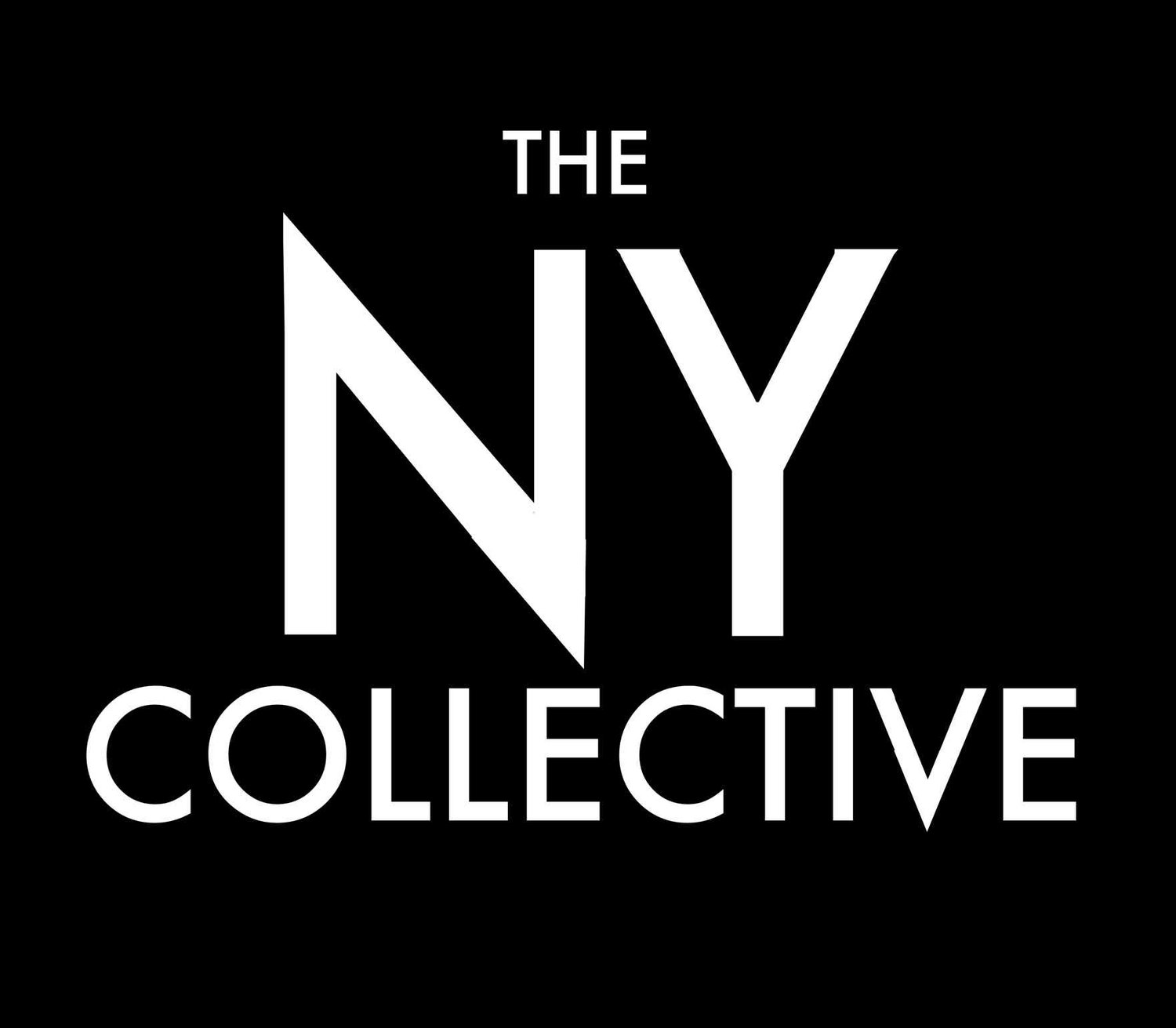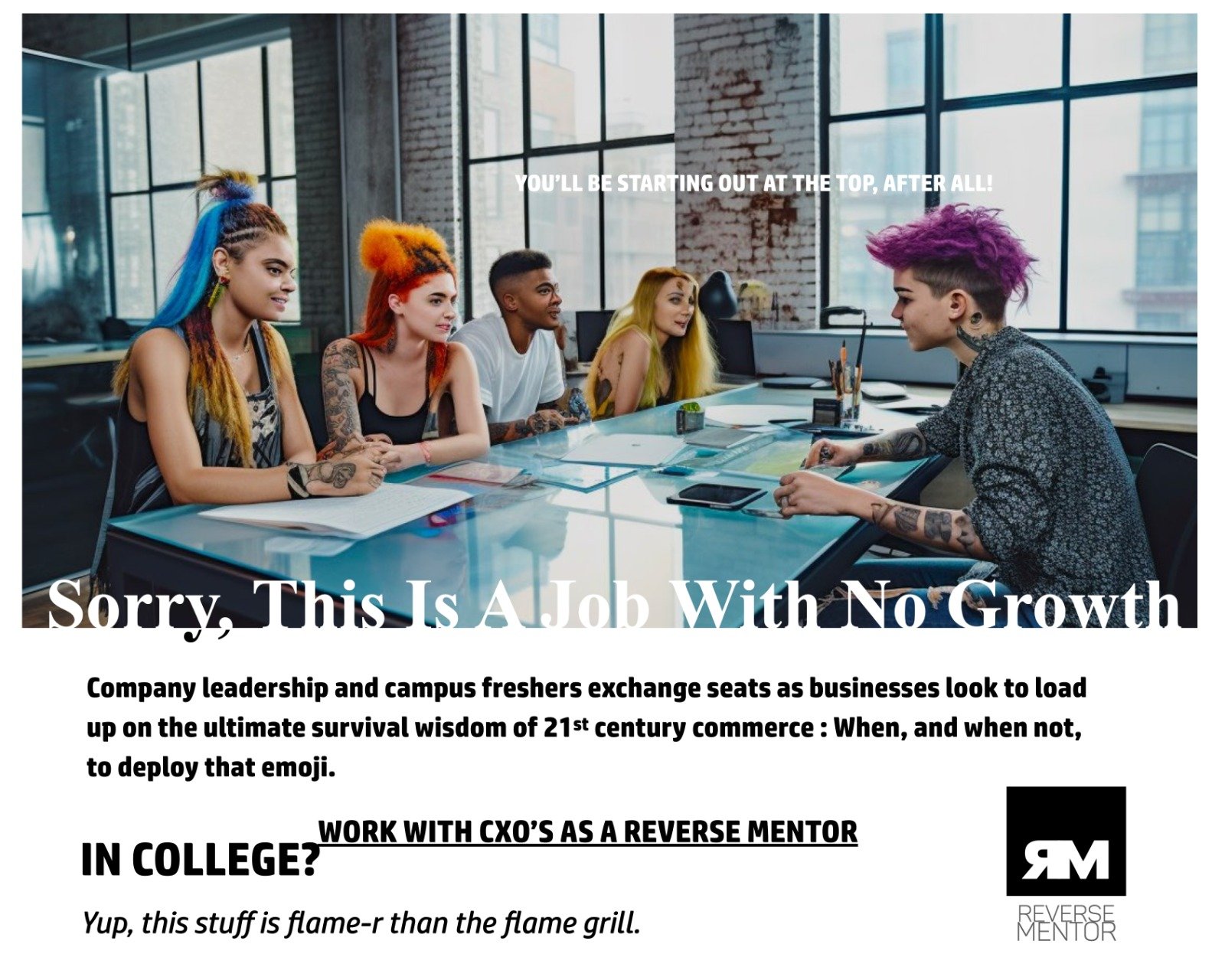Why is Reverse Mentoring the Next Big Thing in learning?
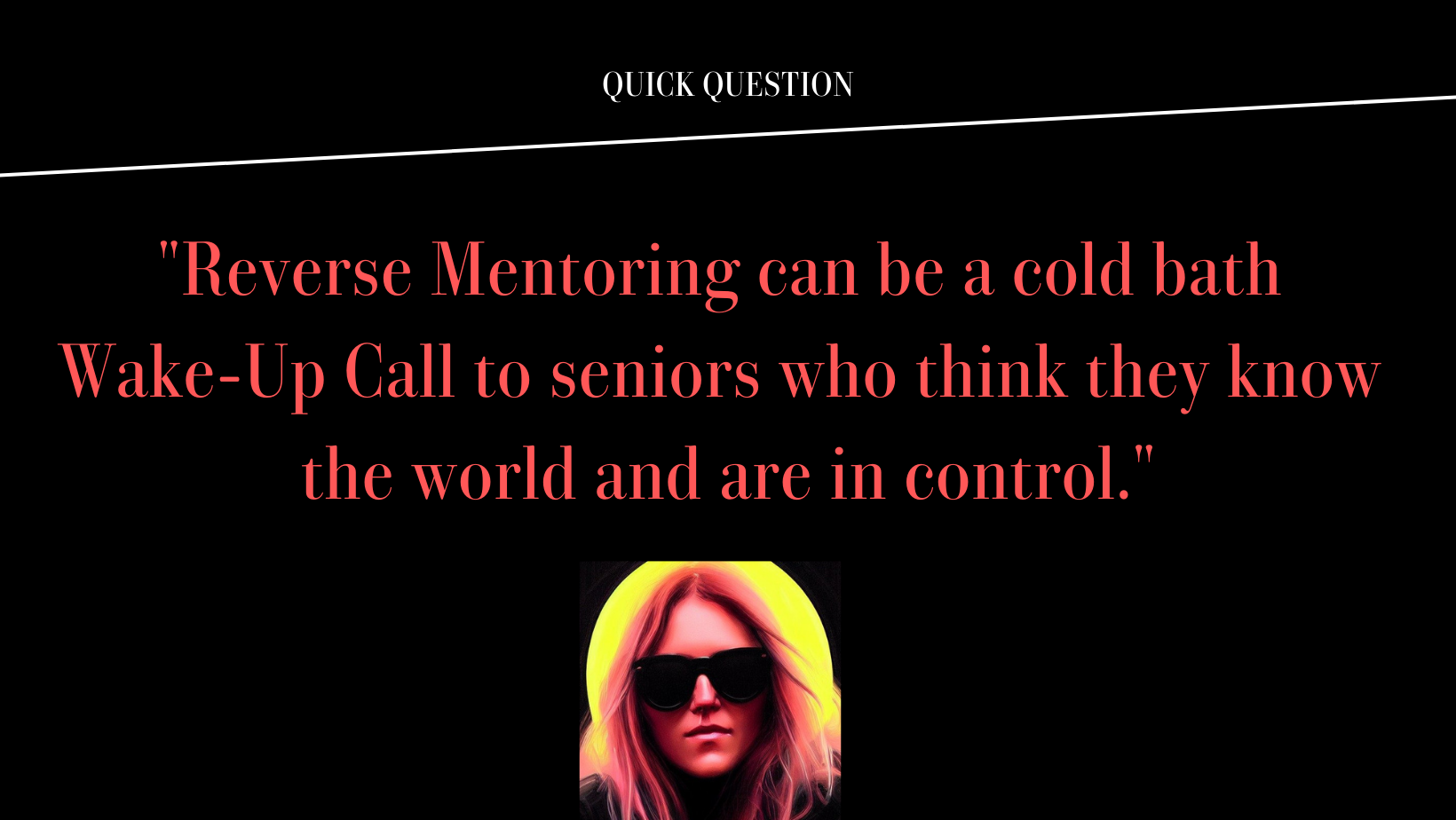
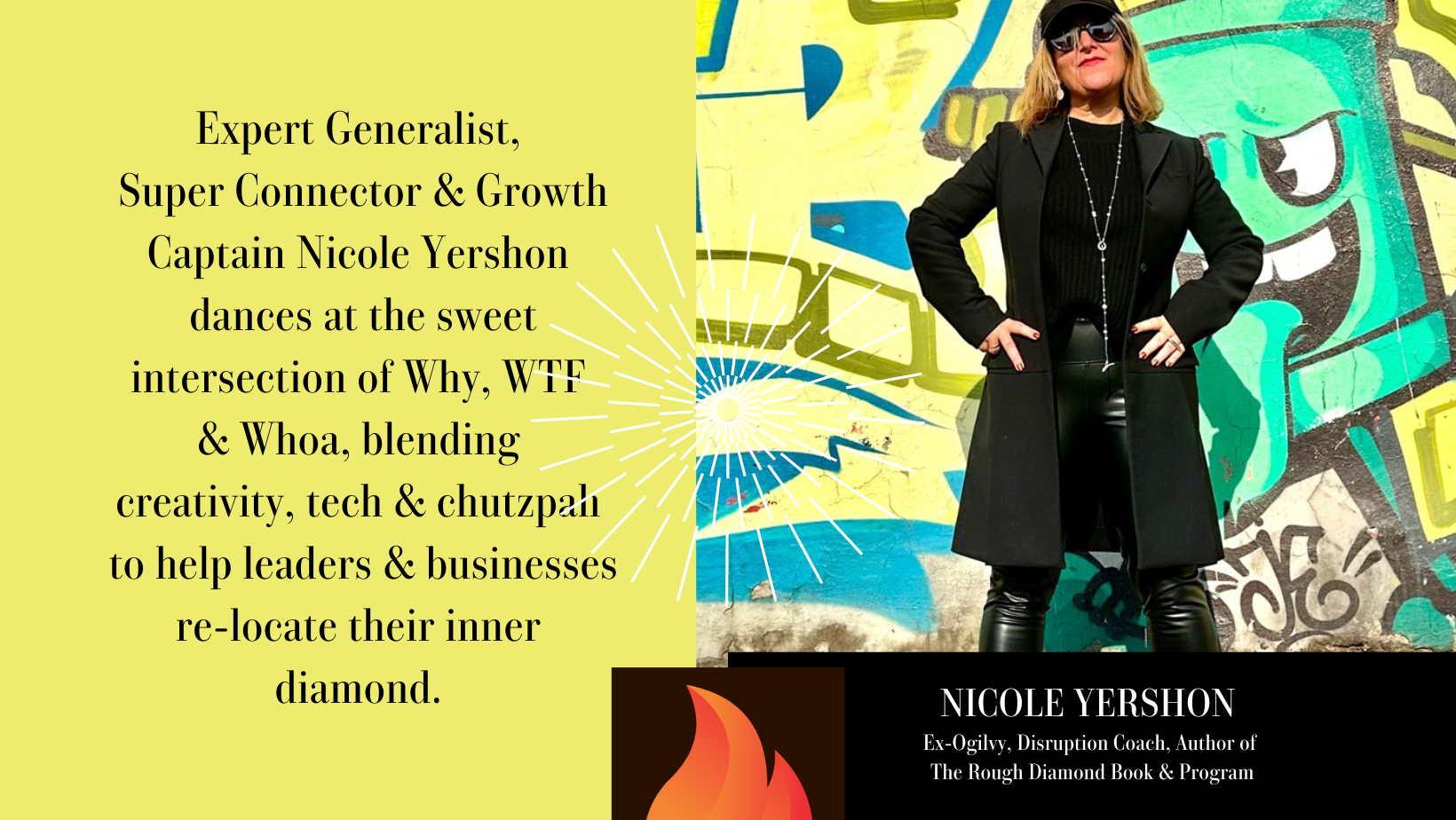
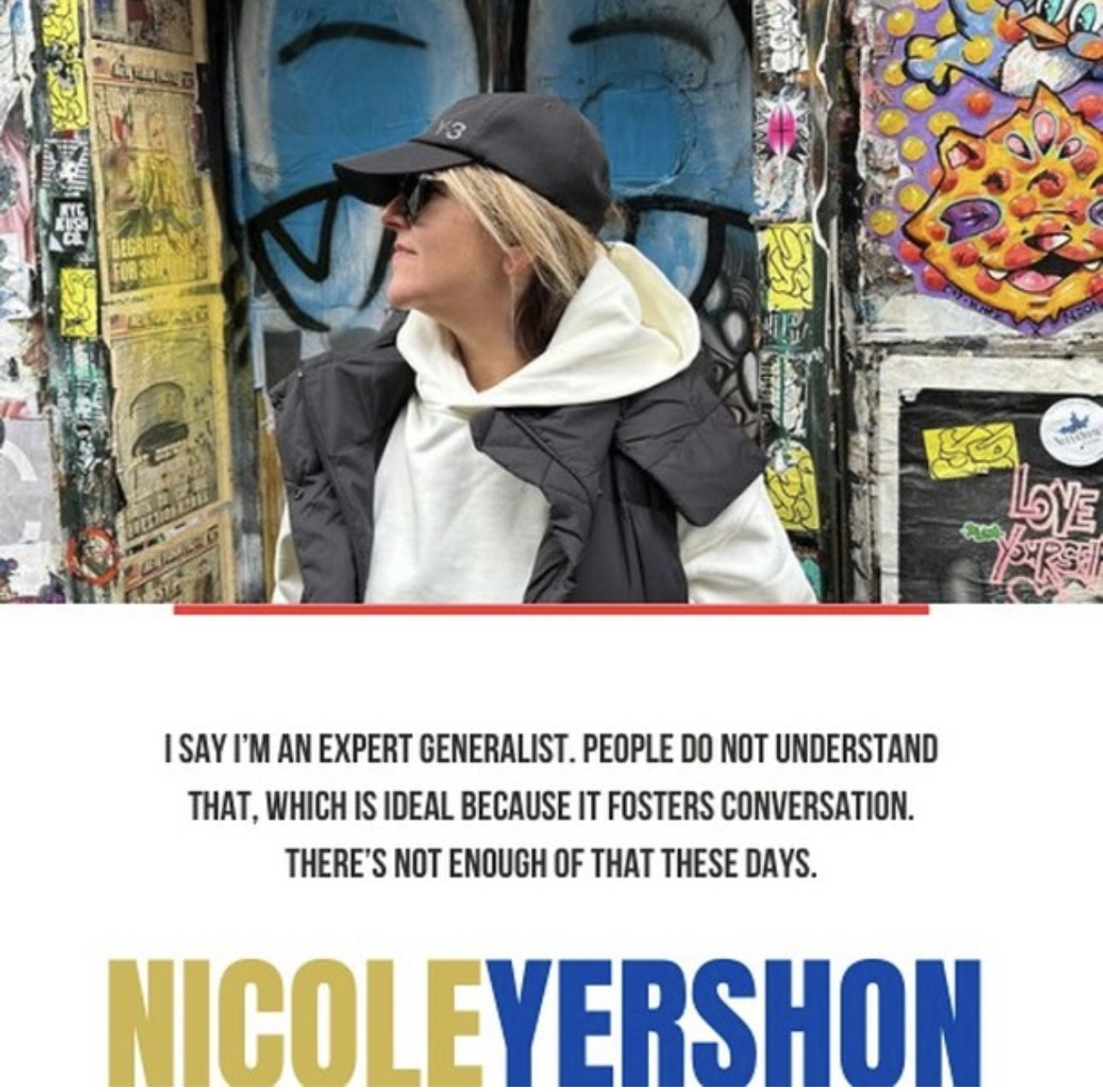
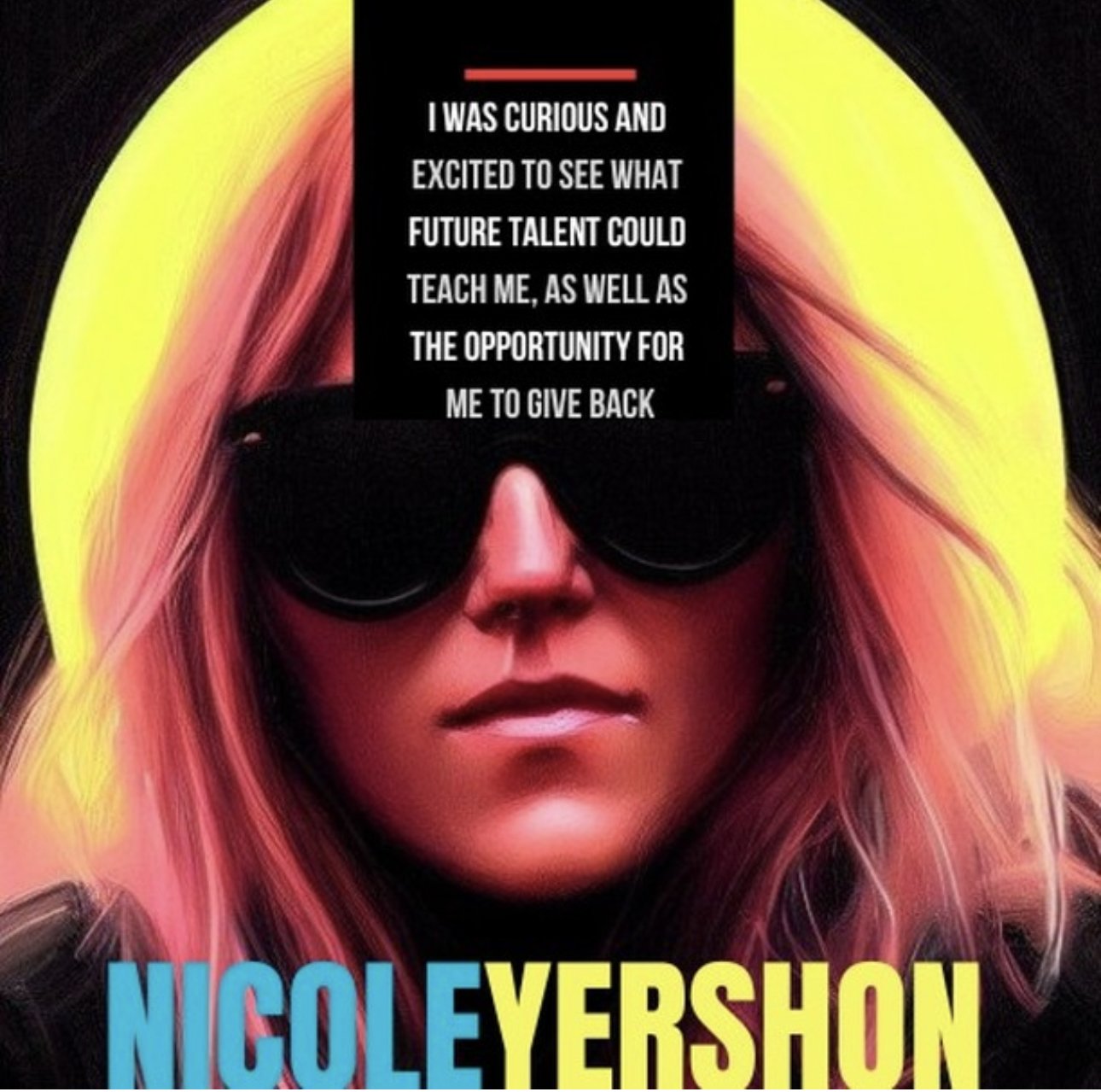
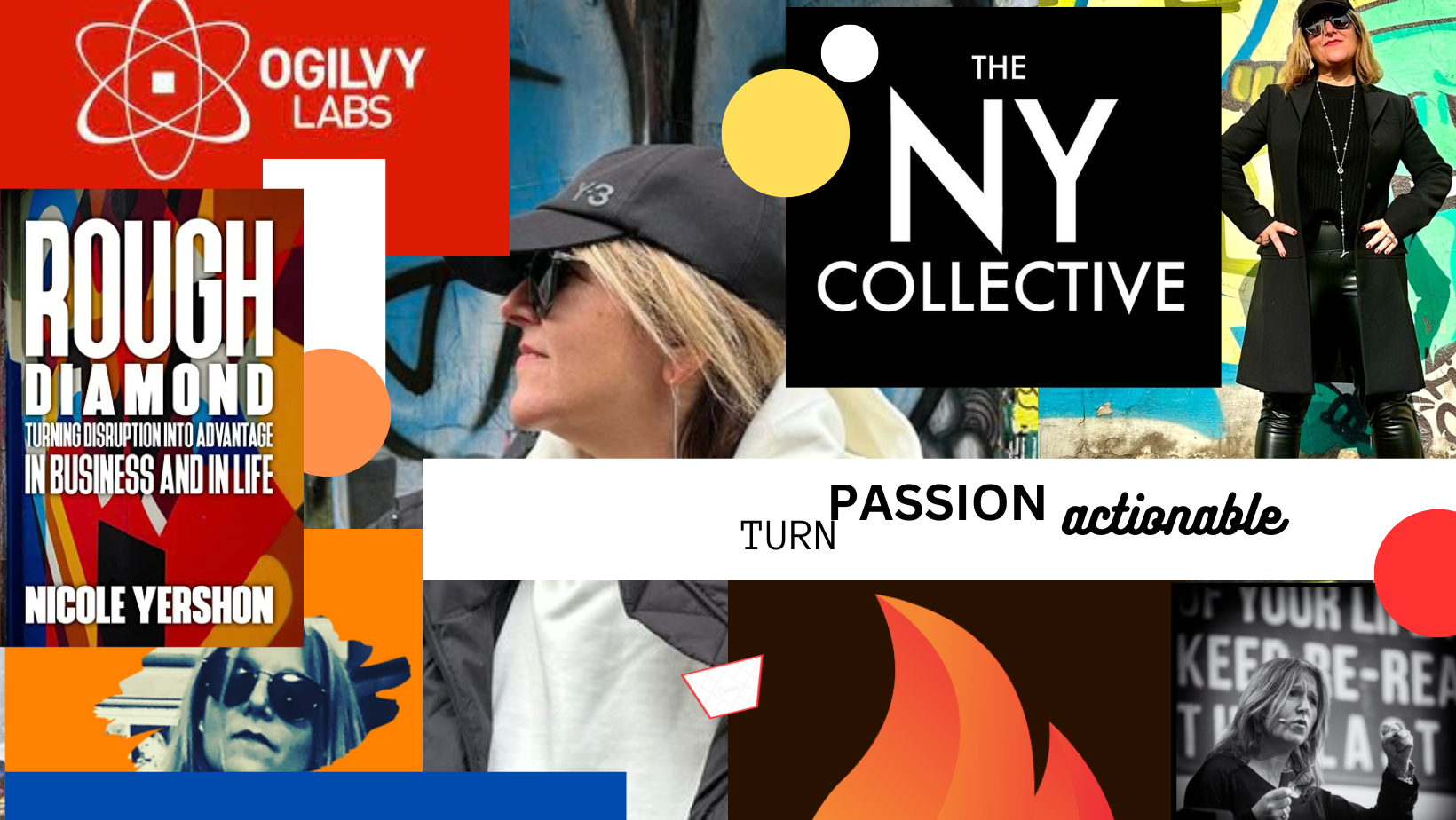
https://fireoncampus.in/2023/04/14/disruption-in-action/
We Are Education's Thinker Ecology & Creator Ecosystem.
FireOnCampus tracks ideas and undercurrents that are creating shifts in education. We also support education leaders, institutions and students who want to talk about how they are participating in, and contributing towards, these ripples of change.
Our creatorverse, a disruptive initiative, offers a dynamic stage for education outfits and personalities to turn on 'expression mode' and level up their business and personal brand.
QuickQuestion to Nicole Yershon :
How can students reverse mentor CEO’s?
Nicole Yershon is the creator of the NY Collective and Founder of Ogilvy Labs – the innovation unit of Ogilvy & Mather Group that collaborates with global brands like AMEX, IBM, BP, Crimestoppers, Selfridges, Unilever, BA, and Wetherspoons to name a few.
Nicole is also a quintessential Londoner. In both senses, she embodies disruption. Today, Nicole dances in the sweet intersection of business, creativity, technology, marketing, and time travel.
Her favourite schtick? That creativity bit.
Creativity for Nicole is more than a title or a project – it’s a mindset, a conscience. She hates watching it wasted. And gets a kick retrofitting misfits into rewarding destinies, often turning – in the process - mere ideators into profitable ideapreneurs.
Indeed, this is also the premise that pivots and powers her venture, The Rough Diamond. As it turns out, Nicole Yershon is also a passionate evangelist for mentorship, particularly reverse mentorship, where CEOs turn mentees for success tips from the Snap and Chat generation. Get this: She is currently working with a client who, instead of hiring a highly paid C Suite Exec, has chosen to groom eight out-of-campus Grads on-the-job for the same role. In a workplace going flatter and flatter, Nicole is adding the missing fizz.
So QuickQuestion to Nicole
How can students reverse mentor CEOs?
(((starts)))
I will always remember a line from Yuval Noah Harari. He is the author of Sapiens and many more essential books about us humans and where we’re headed. Read him!
He was asked what advice the would give his fifteen-year-old self. Don’t listen to the adults; they mean well, but they’ve no idea what’s going on.
I’ve learned as much, if not more, from my kids.
And then I think of all the kids that went through my Rough Diamond program at Ogilvy and how they are now themselves in senior positions in global brands—it’s been an incredible journey.
I’ve been lucky to work with some familiar names in the corporate and creative world, but my conversations with young people have always been the most revealing.
When encouraged to, young people ask brilliant questions. Painful but brilliant.
They force you to consider your answers more carefully because you have a responsibility, and they are not the questions you are pre-trained to answer.
Put a bunch of kids together with a herd of CEOs; both have great life lessons to learn. In many ways, they are Generational AI.
While working in large agencies, the outsiders always offered more value than the insiders.
In several cases, the people who should know far more were the least creative, practical, emotionally intelligent, interesting, or useful —I could go on.
Outsiders are objective, and if ever a business and its leaders could do with anything, it’s objectivity. Objectivity is neutral; it speaks the truth from the heart.
Conventional wisdom is often just too darned conventional. Conventional wisdom is often the opposite.
Mentoring is often defined as encouragement through an exchange of experience and lessons learned.
I see promise whenever I look at young people, even the least communicative ones. Each of them has a view of the world worth listening to. The trick is getting them into the conversation.
If you think about educating young people for over a minute - the best thing you can give them is belief, respect, and confidence to bring forward their best.
If you consider educating seniors for over a minute, you can only wake them back up. Make them realise they don’t know everything and arm them with a real-world perspective.
Real RM
I created the reverse mentoring program for a well-known creative organisation in London's heartland. It’s where the youth were asked to mentor the seniors, such as CEOs from large companies. To begin with, the idea was met with trepidation, but I had a strong leader in the organisation, so it was highly successful.
I began with the kids.
Here’s where I started.
Tell me about yourself; what makes you—you? What’s driving you? What can you do? What’s your superpower? What do you find yourself drawn to? What stories have you got that others might find interesting? What have you learned that grown-ups find challenging or dismiss easily when you speak about them? What hobbies, techniques, or aspects of your life fire you up? What do your friends and peers do that inspire you? What questions do you think you need answering, and what are your opinions on life, society, and in general?
None of this came easy to some kids, but their answers blew me away. I made them write or create artistic interpretations over the course of the training period, and even that process transformed these people before my eyes.
By now, they had added a new muscle to their bio. The specifics of reverse mentoring came easier after that. That had something to build on.
Each young mentor was assigned a mentee. To me, it didn’t matter who they were. The relationship interface was all that mattered now.
This was the recipe.
LEVEL ONE - Ask questions. Listen and hear the answers. Ask better next questions related to your first question—there is no need to be prescriptive about where it would go.
LEVEL TWO - Understand where the mentee has challenges or sparks of curiosity/interest. It could be anything related to their life or work. They are often the same thing. Keep questioning so that you begin to understand this theme and form a platform where you can sympathise/empathise with it.
LEVEL THREE - Offer ideas and your own opinions about the issue/challenge and ask the mentee to give their opinion back to you. If you have a different point of view, give it and explain why. Your opinion is as valid as theirs.
This formula isn’t as sequential as it feels written down. It’s just a framework for every conversation ever. But it created a platform for the mentors to feel comfortable in, and it worked. It gave them critical thinking and problem-solving skills. They started to get a bigger picture, which helped them to put everything into a better perspective. They could overcome any feeling of being an imposter. There was zero pressure on the kids to stick to it, but they loved the logic. It worked.
I explained that the minute they gained the trust of their ‘student,’ their challenge would be to get a word in edgeways. Because the kids had spent time thinking about themselves, they now had a basis to build on.
They loved it, and each week they were encouraged to reflect and prepare for their next calls with their students. They formed strong bonds, and all parties learned so much.
Especially me.
If I could wave a wand, I would make such programs compulsory for leaders. The holding up of this mirror is one of the most powerful educational tools I’ve ever witnessed. I want to institutionalise it.
Ten things reverse mentoring brings in no particular order. Much of it is based on the feedback I got from the program.
A cold bath wake-up call to seniors who think they know the world and are in control. I know they aren’t, and I hate that idea (control), but that’s another conversation.
An enlightening process, and boy, do we need more of it. Creating these experiences reminds/encourages seniors to continue learning and growing. It provides them with a wake-up call - an opportunity to learn how new technologies and trends get formed - they get to re-engage with the real world around them.
A smarter way to bridge the gap between generations. Young people bring new and innovative ideas, while seniors have the wisdom and experience to provide guidance and insights.
An exchange of knowledge and ideas. This helps create a more inclusive society where everyone's voices are heard and valued.
Encouraging innovation by bringing together different perspectives and experiences. Young people are more open to new ideas and technologies, while seniors have the experience of understanding what works and what doesn't.
Fostering empathy. It encourages young people and seniors to understand and appreciate each other's perspectives.
Positive disruption. It breaks down stereotypes and promotes greater understanding and respect between people and the generational silos that cause many of the rifts and distrusts we see nowadays.
Diversity has become meaningless, but it’s precisely what broke down barriers in this case. It directly promoted understanding and acceptance of different cultures, backgrounds, and experience
Valuing. It helps seniors feel valued and respected for their contributions. They learned so much and took the perspectives to heart, reminding them of the humanity and soul of what they had left behind.
Ageism has sadly become a thing; I know a world-class Ad guy in New York who ‘retired’ him (polite term for sacked) from one of the ‘factory ship’ holding companies because of his age. He is now eating his old company's lunch. Why retire a genius when someone outperforms the PR strategy that dictates bright young things make up our company? It makes for a pathetic statement.
Remedying ageism. Reverse mentoring breaks down ageism by challenging stereotypes and promoting intergenerational understanding. We need good people working together - that’s it.
Mutual benefit. Young people can learn from seniors about the history and experiences that have shaped society. In contrast, seniors can learn about the current generation's issues and challenges from young people. Bringing together different perspectives and experiences helps organisations to become more innovative, productive, and competitive. It’s what diversity means, right?
Putting The Business Into Reverse Moves It Forward
I’ve already laid my cards on the table.
Every organisation on the planet should do this. I know they will resist. We have to shout about the benefits of reverse mentoring - how it can wake leaders up and helps the business stay engaged, learn new skills, and contribute to success.
We need to publish more on the success stories and improve the case. It should be a core part of these so-called lifelong learning programs that exist in some firms. If a business truly believes in training culture, diversity, and a sustainable future, then do this—plug in the Scheme!
And by the way, it’s also a great way of finding fresh talent and bringing in apprentices.
Even pairing seniors with younger members of staff has merits. My three-tier structure approach works whatever the situation. Conversations of this nature can change the culture. It immediately helps facilitate the exchange of knowledge and ideas. It wakes people up to smell whatever makes them happy.
Of course, it’s not all about youngsters mentoring seniors. Mentoring works in both directions. My favourite case was that we (The NY Collective) created a Fearless Breakfast event for my father, Mike Yershon. At age 76, he launched his 20-year plan.
He is way ahead of most of us most of the time anyway, and his passion is to get younger generations to listen to an older and perhaps even retired generation. The maths has shifted; people of that age are often still young, full of life and with plenty of wisdom to share
Young or old, curiosity knows no bounds.
Now ask me something else! I’m a mentor.
(((Reference)))
https://www.youngvic.org/taking-part/participation/young-mentors
